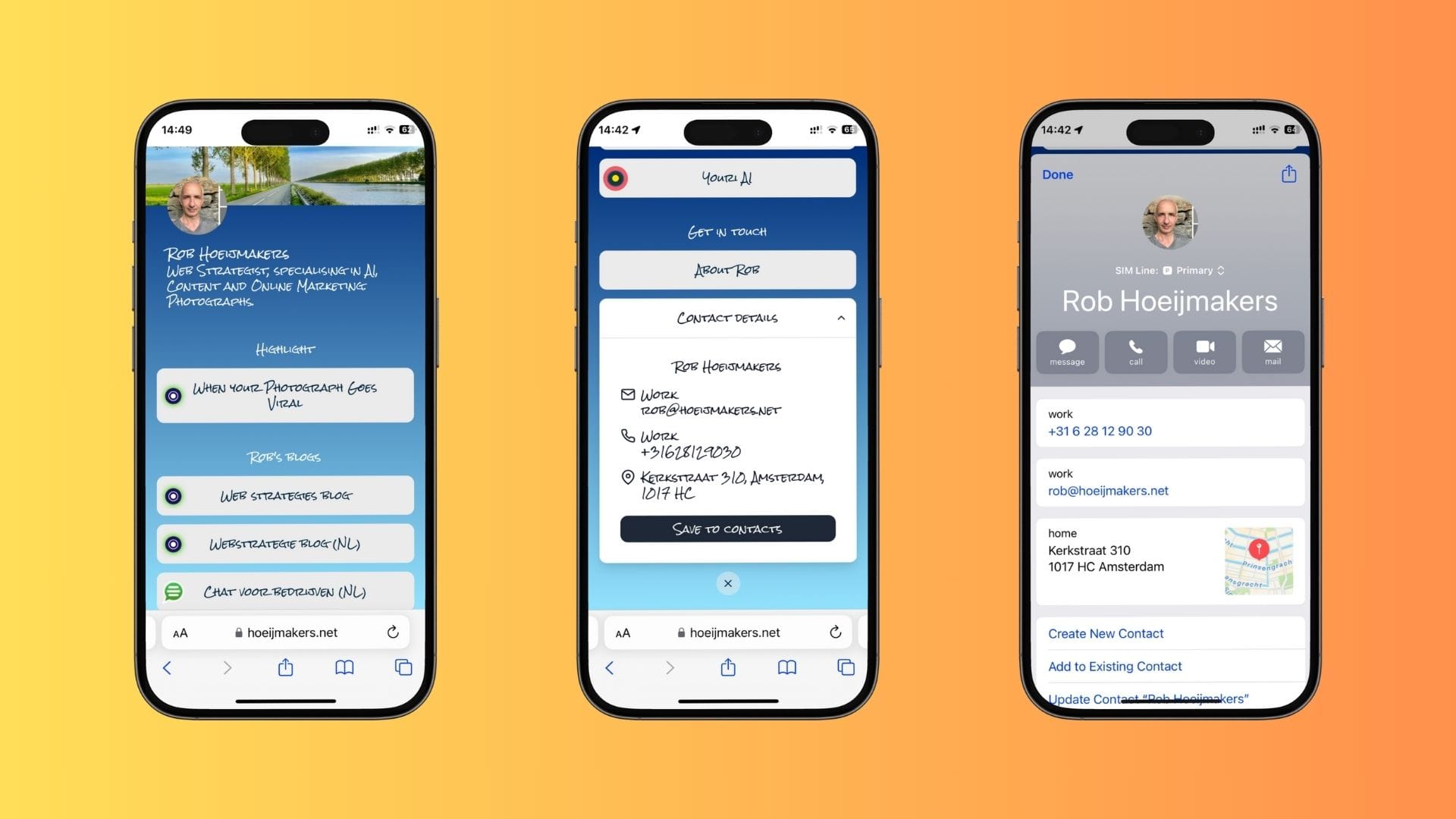Identity and Addressability in the Digital Age
Understanding digital identity is crucial in today's connected world. Explore how addressability, through email, phone numbers, and online handles, shapes our online presence.

For the past few months, I have been deeply contemplating the concept of identity, writing inventory articles and analysing different aspects. It was only recently that I realised my perspective had been fundamentally flawed.
I had been viewing identity from a limited angle, which prevented me from seeing the broader picture. I was looking for the dark with a flashlight, and it took a pivotal story to shift my understanding.
The TV Show Revelation: Addressability and Vulnerability
A TV show titled "Hunted” fundamentally reshaped my understanding of identity. The show challenged contestants to evade powerful government agencies by hiding out.
They had to surrender their phones and go into hiding. Naturally, many contestants acquired anonymous, disposable phones—burners, as they're commonly called—to get back online and stay connected.
What the contestants didn’t realise was that the authorities could tap not only their phones but also the phones of their contacts. By handing over their phones, they inadvertently provided the searchers with a comprehensive list of their contacts.
With triangulation and surveillance cameras, the contestants were quickly located and captured. This story highlighted the crucial role of being addressable in our identity. Even with a new phone, the network of connections remained a vulnerability.
Rethinking Identity: The Role of Digital Addresses
This revelation led me to rethink identity in the digital age. Our digital identity is intricately tied to how we are addressable.
Upon examining my digital presence, I identified three main addresses that define how I am perceived and reached:
- Email Address
- Phone Number
- Handles and Account Names
Interestingly, the phone number feels the least like an address. However, it serves as a public address in platforms like WhatsApp and partially in iMessage.
Despite its importance, the choice in defining this address is limited. The phone number is typically assigned by the phone company, and changing it can be cumbersome. It's linked to digital address books and often associated with a city or country.

Addressability and Flexibility: A Personal Experiment
To enhance my digital identity, I subscribed to a virtual number with an Amsterdam city code, forwarding it to my mobile. This service included functionalities like WhatsApp integration.
However, the service provider doubled the prices, making it unsustainable. This experience highlighted the need for flexible and affordable addressability options.
Ideally, such functionalities should be bundled with other telecom services. For the amount we pay to telecom companies and tech platforms (Google or Apple), it’s reasonable to expect comprehensive services that cater to our identity and addressability needs.
My personal view
Understanding identity requires shifting perspectives and considering how we are perceived and addressed by others.
In the digital age, this means paying attention to our email addresses, phone numbers, and online handles.
As our reliance on digital communication grows, the need for flexible and integrated addressability options becomes increasingly critical. By rethinking how we manage our digital addresses, we can better navigate the complexities of our online identities.



